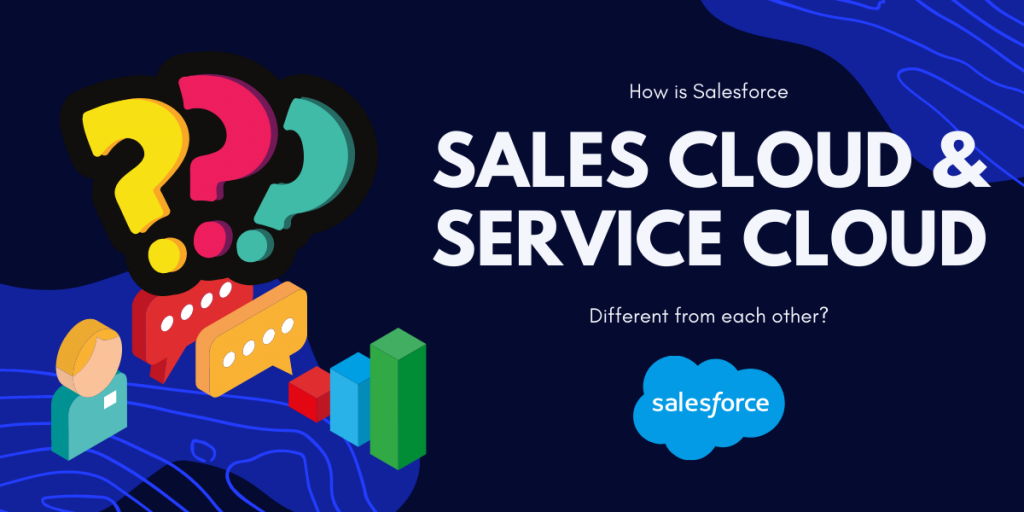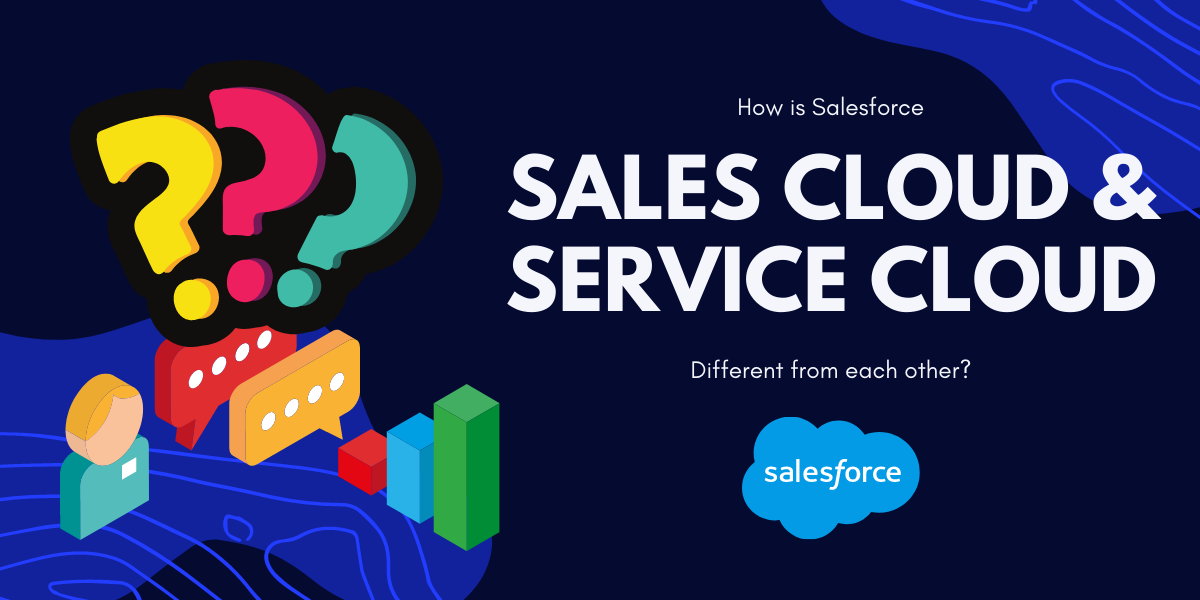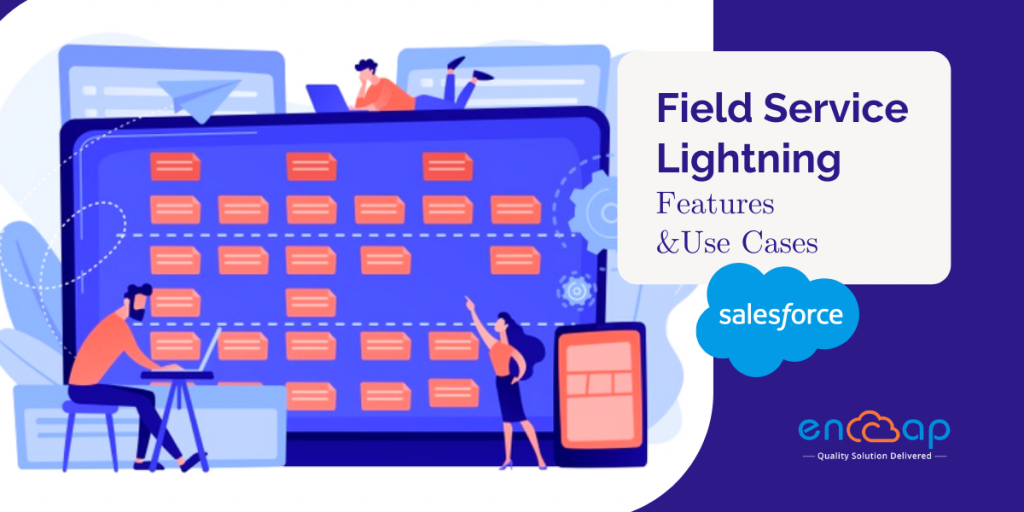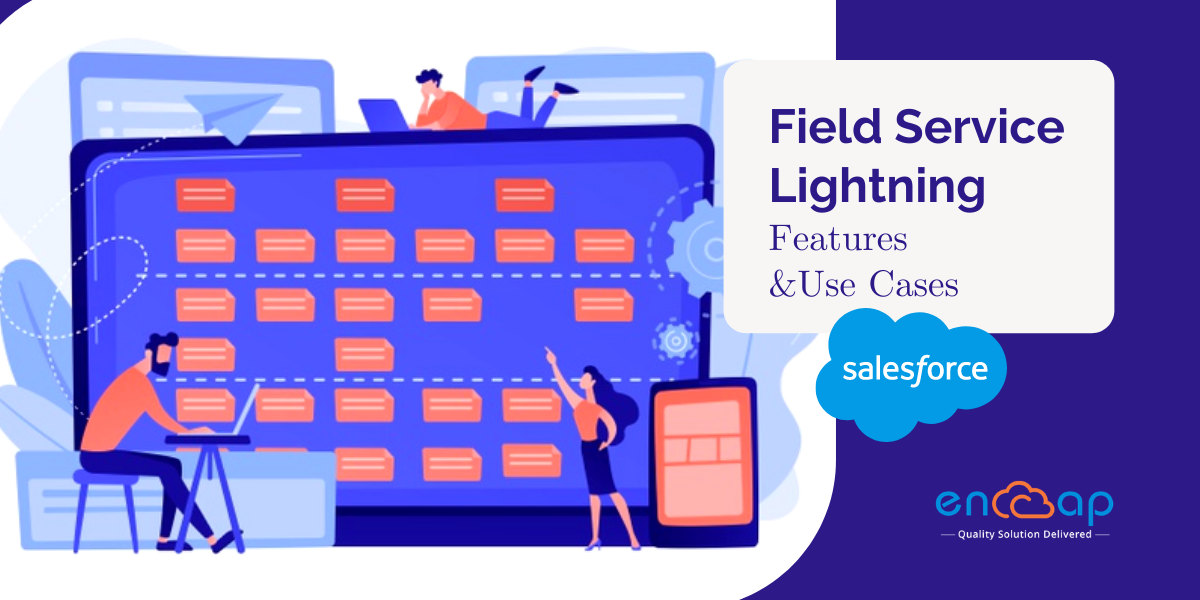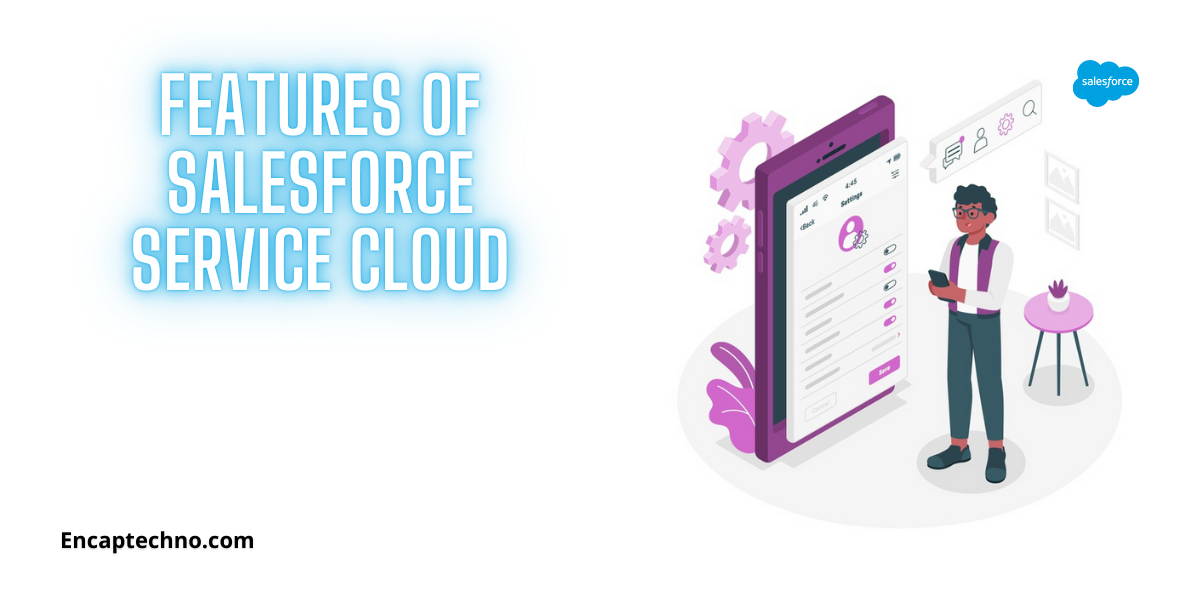How is Salesforce Sales Cloud Different from Service Cloud?
For many people, the dilemma of choosing either Salesforce Sales Cloud or Service Cloud can be an overwhelming one. However, the truth is that both of these solutions overlap each other in many ways while making it somewhat challenging for the users to make a choice.
Both of these solutions are highly used and in fact, they make up a lot of Salesforce’s revenue as well. But the question is, what should you choose in the long run? In this blog, we will give you a guide that will help you answer all the questions one by one. Keep reading to make an informed decision.
Salesforce Sales Cloud
The Salesforce Sales Cloud is one of the most important Salesforce products designed for the management, analysis, and management of sales processes. Many times, both the sales representatives and sales managers use the functionality of Salesforce Sales Cloud for completing the tasks scheduled for different priorities and better efficiency.
As for the sales representatives, the Salesforce Sales Cloud offers efficient and rather comfortable customer communication with numerous channels right within the Sales Cloud UI. With an advanced integration on a customer’s website and social media sync, you can collect precise information about contacts, accounts, and targets. There are extensive automation capabilities that help the sales representatives with numerous routine tasks while freeing up their time for nurturing leads and closing multiple deals.
With the sales cloud implementation, you can construct a sales strategy and manage it within a single system only. Sales Cloud helps sales managers control and assess sales representatives. By using the performance data, the sales manager can easily identify the strengths and weaknesses needed to improve skills which then allow increasing the overall performance of the sales department.
By using the Sales Cloud, sales managers can also deal with challenges such as disjointed sales processes and the process alignment needed with marketing.
Salesforce Service Cloud
On the other hand, the Salesforce Service Cloud helps in making the customer service process much easier and effective. Since it is way cheaper to retain a customer as compared to gaining a new one, the Service Cloud can become a strategically important tool for your company. The customer service managers say it can positively affect customer retention rates while ensuring that a company is recognized for caring about customers.
For the customer service agents, the Salesforce Service Cloud offers integration with numerous channels of communication with customers. As communication via every channel is available within the Service Cloud UI, the customer service agents can serve much faster. In addition, the service cloud enables creating and managing a knowledge base that can be a useful source of information for the customers. The knowledge base helps in reducing the response time and training new agents quickly. Since the Salesforce Service Cloud offers customer service process automation, the service agents solve many cases quickly as the customers receive answers to their questions without any delay.
As for the customer service managers, the Service Cloud offers a possibility to organize customer service processes while managing them within Service Cloud UI. The service cloud enables customer service managers to control the performance of customer service representatives which further helps in identifying the areas of growth and organizing training.
Features of Salesforce Sales Cloud
Some of the features of Salesforce Sales Cloud include:
1. Lead Management
The starting of the sales funnel is about generating and nurturing prospects for finding viable deals. The prospective customers get captured as leads and are nurtured by sales representatives to move through the lead funnel. There are many standard features for the process of lead management such as lead assignment rules that automatically help in assigning new leads to representatives and teams based on some attributes such as the product of interest and geography.
Salesforce offers a great learning guide for lead routing along with links to resources on how to do lead assignments in Salesforce Sales Cloud. The Salesforce Sales Cloud also comes with a set of lead auto-response rules for automated follow-up for eligible leads. For instance, in case a lead comes from an online information request form then the Sales Cloud has the ability to automatically send an email thanking the lead for interest and letting the lead know that someone from the team will be in touch soon.
Coming to leads from online forms, the Sales Cloud also has a native feature called web to lead that enables one to automatically generate web forms for capturing prospects that can be added to the site even if it is not a Salesforce page.
As a representative nurtures the leads, you can give the guidance for success in a path component. When the lead expresses interest in going ahead, a representative can qualify them as a strong prospect and convert the lead to a full account. In addition, once a lead is converted to an account and related records, it is possible to manage important information about the company and the person with the customer information features.
2. Sales Pipeline and Forecasting
During the phase of converting a potential lead into a customer, the sales representative really starts talking more and gets a much better sense of value. The potential sales also get captured as opportunities. Similar to leads, you can define a number of sales processes that are in line with the sales methodology that a company uses.
A Salesforce path can be added to opportunity pages for guiding the representatives at each step. It is important to understand that reporting and monitoring are important parts of any sales organization.
You have to predict how much money each representative will choose in a given period and how you can track performance. Salesforce Sales Cloud implementation comes with forecasting tools that give sales managers and representatives visibility into the projections and performance.
3. Quotes
So many industries have a sales process that necessitates complex quote building. The sales cloud comes with functionality as well. With the basic Sales Cloud quote building, you can add in products, quantity, pricing, and discounts.
A single opportunity might have many quotes since your sales representative will be negotiating the deal. However, you can always pick which quote will be syncing to pipeline reports and forecasting.
You can also add products underneath an Opportunity in case you do not want to go the formal route. Building the quotes is a tedious job but you can always make the quote template for starting the process. The rapid products also offer your representatives faster quote-building capabilities. In case you have a customized product configuration and pricing model, Salesforce CPQ is one of the best applications to explore.
Features of Salesforce Service Cloud
1. Case Management Tools
One of the most important features of Salesforce Service Cloud is that it offers you the ability to automatically handle incoming cases while making sure that nothing is missed including lead auto-response and assignment rules.
Anytime a new customer ticket comes into the system, Salesforce helps in offering the customer an auto response by sending an email that acknowledges the issue and helps in running through configured assignment rules for routing the ticket to the right agent and team.
Another important feature in Service Cloud is known as email to the case which lets you route emails that come into a special inbox to Salesforce directly. In case customers email to a support email, you can easily have inbound emails that address sync automatically to a case in Salesforce so that you do not have to worry about anyone manually monitoring the inbox.
Right after the case gets created, the auto-response and assignment rules will run normally. Email to the case is a great feature but it comes with some limitations too. The email to case premium plugs in many holes in the normal email to case with enhancements to native infrastructure.
Way beyond handling incoming cases, Service Cloud has many ways to track the kind of support that a customer might be entitled to while defining key milestones of that process. The entitlements and milestones help your team keep a track of cases needed to define appropriate service levels while outlining steps within a service process.
2. Customer Support Channels
The Salesforce Service Cloud also enables customer support beyond cases. Today, many customers want to get support on their terms either through an email, support portal, online chat, or SMS. One of the best features that the Service Cloud offers is omnichannel.
It is helpful in connecting all the support channels while also providing consistent support to the customers and giving your agents work in a consolidated place. The omnichannel can also assign an incoming customer service issue dependent on agent capacity by checking the workload.
The Omni Channel performance dashboard lets you monitor agent work performance to maximize efficiency. With the help of omnichannel, you can roll out various support channels for the customers. Salesforce also comes with a native live chat option that can be embedded on a webpage.
It offers native SMS support so that the customers can text from their smartphone while the agents stay in the Salesforce console. It has released Service Cloud Voice that is the CTI tool for handling and routing incoming calls.
3. Self Service Options
Way beyond case management, the service cloud has many features that help in deflecting the cases and provide self-service options to the customers. In the beginning, a knowledge base is an important way to provide easy answers and critical information.
The lightning knowledge makes this easy to do right within the Salesforce. You can either make a public knowledge base or the one for registered customers, but either way, the information will deflect cases.
Rather, there is an amazing case deflection component that Salesforce offers out of the box. Using the type ahead-searching in the Submit case fields, the components recommend knowledge articles for improving the chances of solving an issue. This is one of the best ways to prevent Cases and give customers one of the best experiences.
It is also possible to deflect cases and addresses with a chatbot. By using Einstein bots, you can customize the Bot’s name and personality with the bot sitting right in the normal chat window that the agents use. The chatbots act like triage and handle more rots such as FAQs checking on order status, and basic company questions. In case the bot cannot find the answer, it can route it to an agent and create a case for the customer offering a seamless user experience.
To Conclude
By implementing the Sales Cloud module, you can easily get more deals on regular optimization of the business that improves market interaction. This will also help in making quick choices and business decisions. You can eventually close more and more deals at a quick rate and experience high returns on investments.
With the adaptation of the Salesforce Service Cloud module, you can get a maximized productivity from the agent’s end to work at any place and at any time. The customer experience also gets enhanced with the implementation of service cloud because it creates a lifetime value.
The Salesforce Service Cloud makes sure that data and confidential information stays secure and within the cloud platform for avoiding any kind of harm to the business. Faster case and report tracking also helps in detecting the loopholes in the business processes for working on it within time to improve sales.
To end, one can say that both the Salesforce Sales Cloud and Service Cloud are pretty effective modules. They are efficient in helping a small and large business while gaining more customers and doing better business.
How is Salesforce Sales Cloud Different from Service Cloud? Read More »
Salesforce
